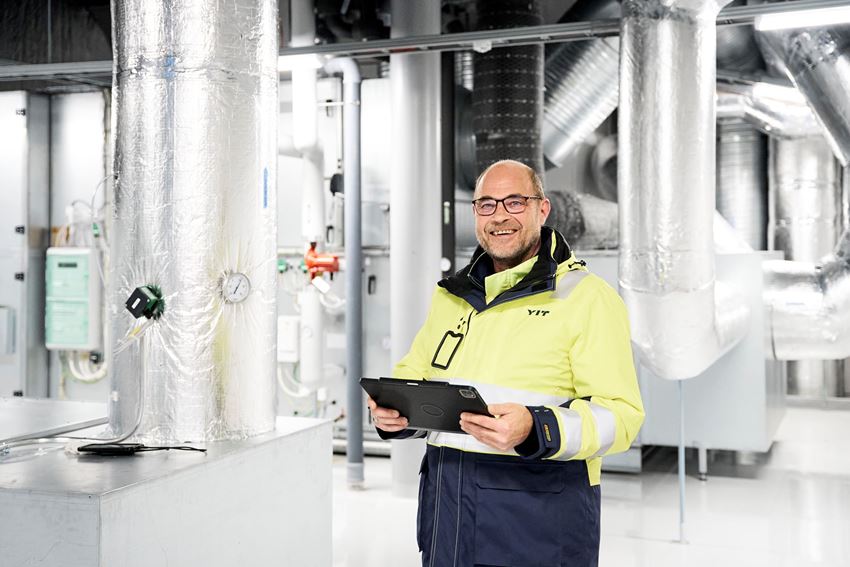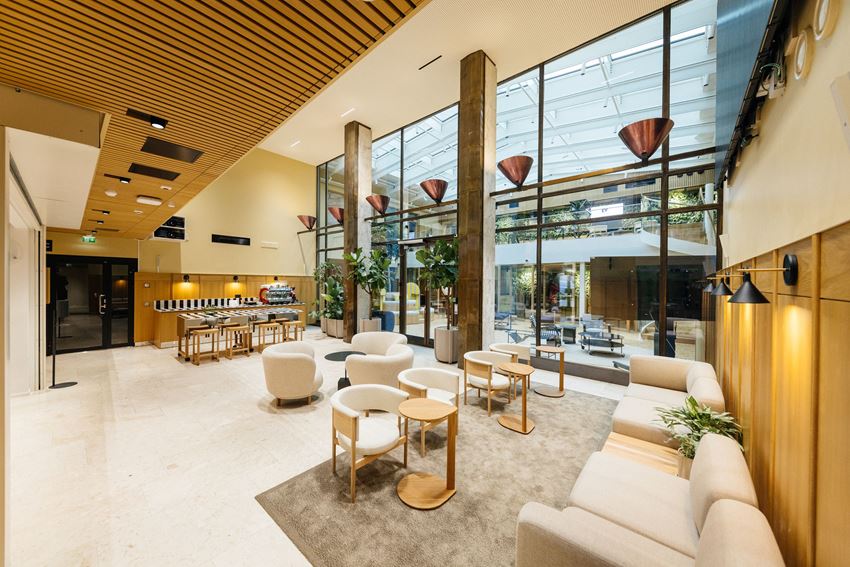YIT builds with taxonomy compliance: Case Aleksanterinkatu 13
- Maintenance
- Rails, roads, bridges
- Sustainability
- 7/22/2022
YIT repaired the Pyhäjoki–Vihanti 790 road with the new stabilisation milling machine
YIT’s SORAMIX work method that is used in gravel roads saves time, money and the environment. The Pyhäjoki–Vihanti 790 road in Raahe was repaired by using this method.
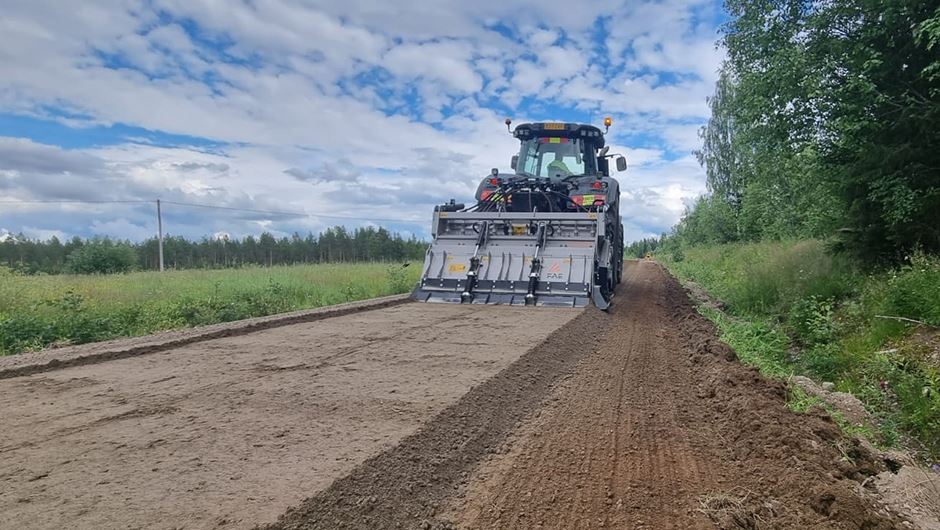
This summer, YIT began repairing gravel roads by using the new stabilisation milling machine. With it, YIT can repair gravel roads by using the SORAMIX method. SORAMIX is a maintenance method for gravel roads approved by the ELY centres. In this method, gravelling is done by crushing the rock material on the road and by utilising the aggregates on the roadside.
Responsible reconstruction of gravel roads
The SORAMIX method reduces costs and has less of an impact on the environment, as there is no need to crush rock material at gravel pits and transport it from there to the repair site. Fewer transportations mean less carbon dioxide emissions.
“SORAMIX produces a good result. The method saves money for the customers, as there is no need to prepare aggregate at a separate location and then drive it to the road repair sites. The price of fuel has gone up and the cost of work has risen both at the gravel pit and in transportation,” says Olli-Pekka Kurki, Site Manager at YIT.
This opinion is shared by Pekka Toiviainen, Project Manager of road maintenance at the ELY centre of Northern Ostrobothnia who is in charge of the Pyhäjoki–Vihanti 790 road project.
“This repair method produces a result that serves the road users well, and it also helps to save costs and the environment.”
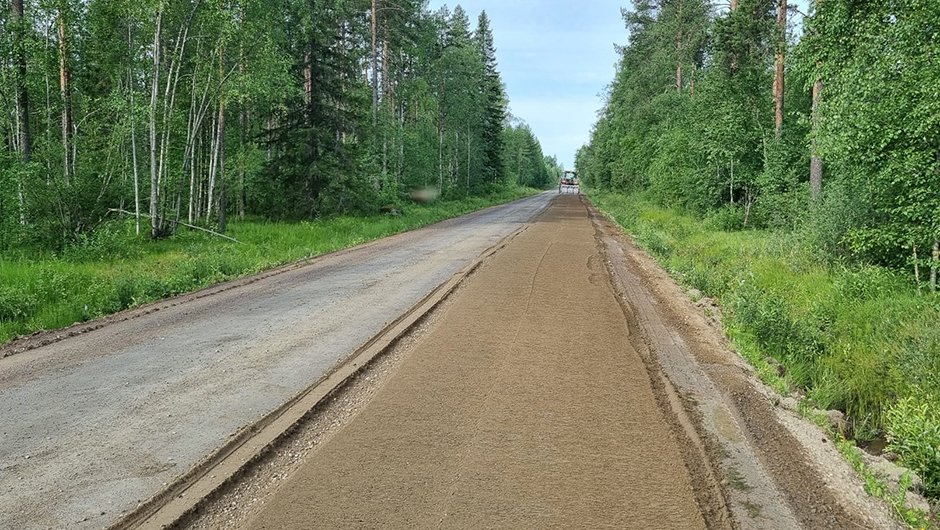
Gravelling on the road
YIT uses a stabilisation milling machine in the repair work.
“The stabilisation milling machine is a multi-purpose milling machine that can also be used for mixmilling. It can be used to improve road structures both in cities and on the motorways. The milling machine can crush old asphalt and the crushed material can be used either as foundation for the road or as the top layer,” Kurki says.
The stabilisation milling machine is also used in the SORAMIX method, and it was used when repairing the Pyhäjoki–Vihanti 790 road.
“There is not much traffic on this road, only 85 vehicles a day, but it leads to an area where they have built three wind farms. They are planning to build more wind farms there, so the road must be able to endure heavy traffic in the future as well,” Toiviainen says.
The milling machine crushes the rocks in the road structure within 25 cm of the surface and mixes the material into uniform aggregates that can be used for the road surface, so the gravelling is done right there at the repair site. The SORAMIX method also utilises the rock material scattered on the edges of the road as well as the rocks and gravel material on the road surface.
“On the surface of the Pyhäjoki–Vihanti road, there were rocks as big as a human head. They always cause trouble when the road is levelled and evened out. The milling machine crushed those too. By using this method, we can make the road surface even and good for the road users. That is the main reason that this repair work is carried out,” Toiviainen says.
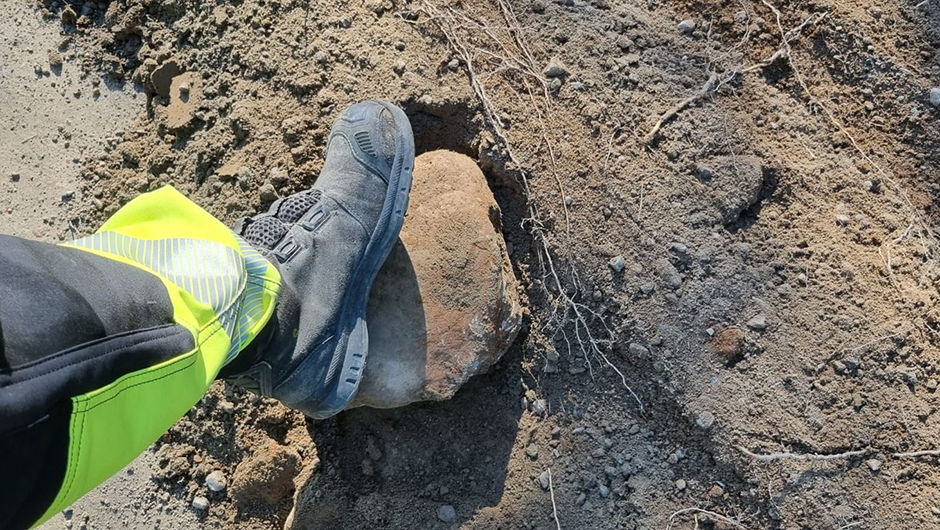
Plenty of gravel roads to be repaired
In Finland, there are, altogether, 27,000 kilometres of gravel roads maintained by the state, which means that they make up 35% of the entire road network. A well-maintained gravel road with the right cross slope can be used for a long time, and it is a good option for roads that don’t have very much traffic. SORAMIX is well-suited for roads where there is rock material to be crushed. Roads reconstructed by using this method are easy to maintain. Longer maintenance intervals help reduce the costs of road maintenance.
The maintenance project for the Pyhäjoki–Vihanti 790 road is almost complete, only ditching remains to be finished. However, Toiviainen can already say that he is happy with the result.
“The wearing course aggregate on the road surface should last for the next five years. The only maintenance needed is levelling and salting in the spring to prevent dust.”
Benefits of the SORAMIX method used in gravel roads
*Gravelling can be done on site, reducing the emissions from crushing and transport.
*Friendly to the environment, as there is no need to grind rock for aggregates.
*A smoother road means happier road users and improved road safety.
*Road maintenance becomes easier when the rocks on the road surface are crushed.
*Significantly reduced need for road surface maintenance.
*Restores the intended width of the road.
*Helps to achieve the right side profile and sufficient slope of the road.

